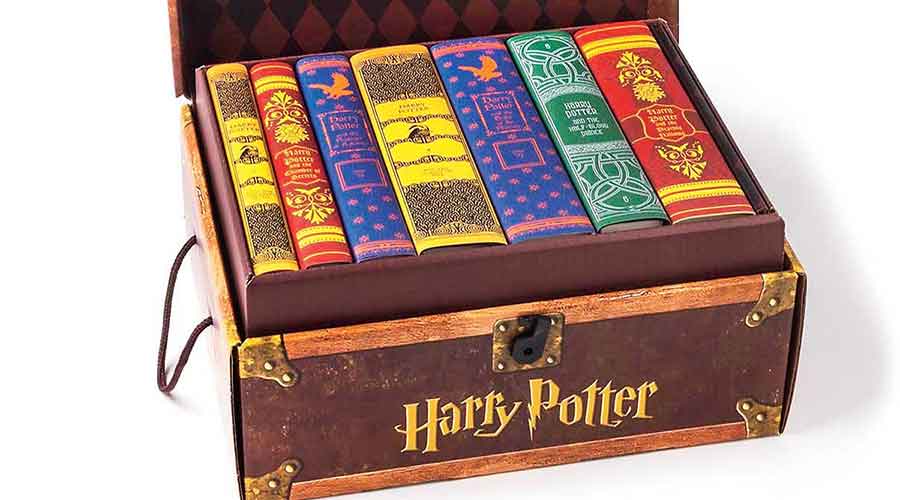While browsing through shelves at a bookstore, readers can be intimidated by voluminous editions peering down at them from the ‘Classics’ section — Leo Tolstoy’s Anna Karenina, George Eliot’s Middlemarch, Gustave Flaubert’s Madame Bovary, to name a few. However, at the time of their first appearance, many of these tomes actually arrived in tiny packages, often published in periodicals or magazines in instalments that the then readers were waiting to devour.
Although not the first to explore the format of serial fiction, it was Charles Dickens — this month marks the 151st death anniversary of this eminent Victorian — who set the ball rolling with the publication of The Pickwick Papers. Each instalment was lapped up by admirers cutting across rigid class hierarchies. When Dickens’s son visited a friend, a domestic help — she was illiterate — could not contain her joy at the fact that the visitor was related by blood to the creator of Dombey. On the first Monday of every month, there would be a community reading of the latest instalment of Dombey and Son near her residence that she never failed to attend. Literary gems in instalments thus scooped literature out of the restrictive circles of scholarship, thereby democratizing books in a real sense by letting ordinary people partake in the pleasures of the literary experience.
Like Dickens, many authors dabbled in the format, but not all were equally adept at it. While Alexandre Dumas deftly worked on multiple plots at the same time, Wilkie Collins, the author of The Woman in White, struggled to meet his deadlines. There were other problems too — with the stories running over long periods of time, writers often ended up digressing from the central plot or repeating similar ideas.
Fiction in serialized form became an integral part of 19th-century middle-class life. Frenzied speculations on how the plot would progress dominated public conversations and even seeped into personal correspondences, especially when a segment ended with a cliffhanger. In fact, readers would sometimes become too attached to the story to remain mute spectators. Dickens had to rewrite the ending of Great Expectations to meet readers’ demand for a happy ending. Another master of the format, Arthur Conan Doyle, was compelled to bring Sherlock Holmes back from the dead after almost a decade in order to placate his readers.
The popularity of serialized literature decreased as printing and production grew cheaper, making books more affordable for all. But this was not entirely beneficial for the publishing industry. This is because in the periodic format, the sales figures of every instalment as well as readers’ responses through letters to the publisher would give the stakeholders a clear idea of the prospects of future segments.
Even with the advent of newer modes of entertainment, serial fiction has not completely lost its allure — the long queues outside stores during the release of the Harry Potter books or the numerous pre-orders of A Game of Thrones sequels bear testimony to this inference. This is not surprising: the longer one spends in the world of fiction with beloved characters, the more difficult it is for the reader to let them go.










